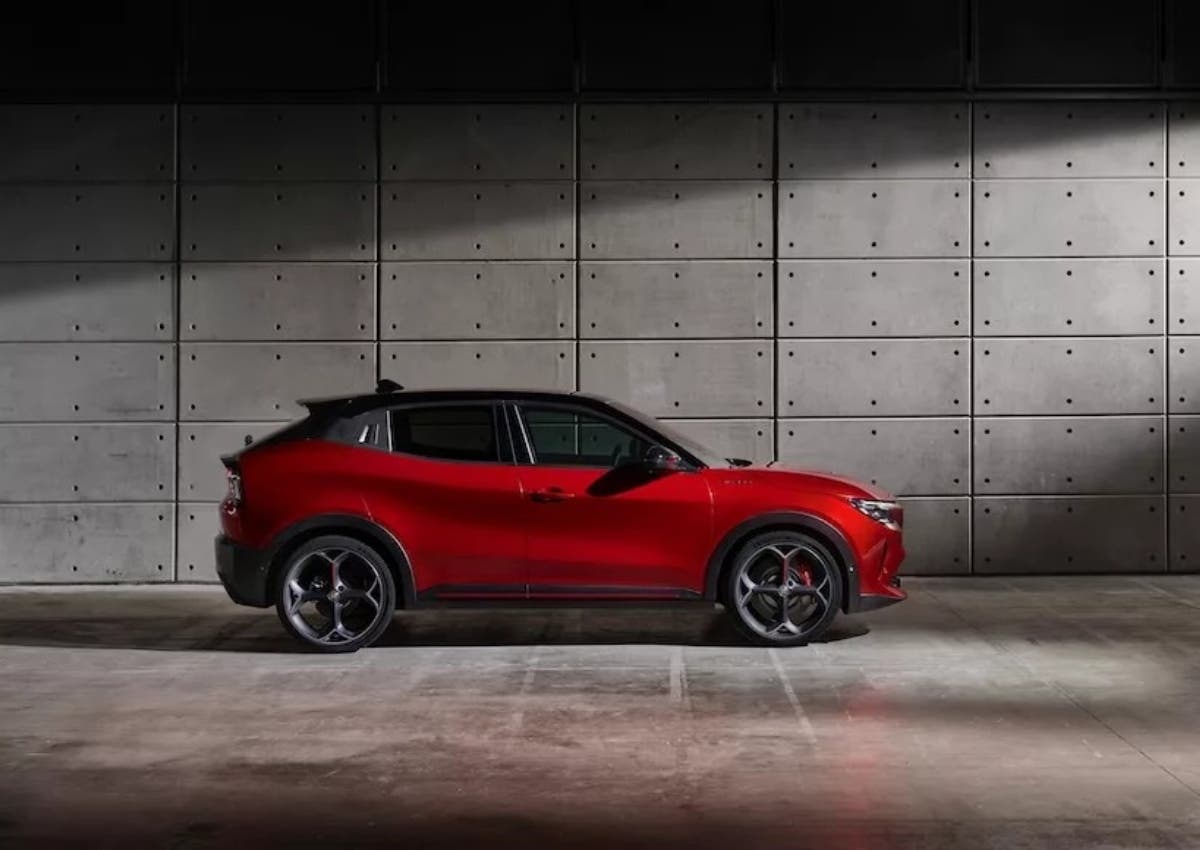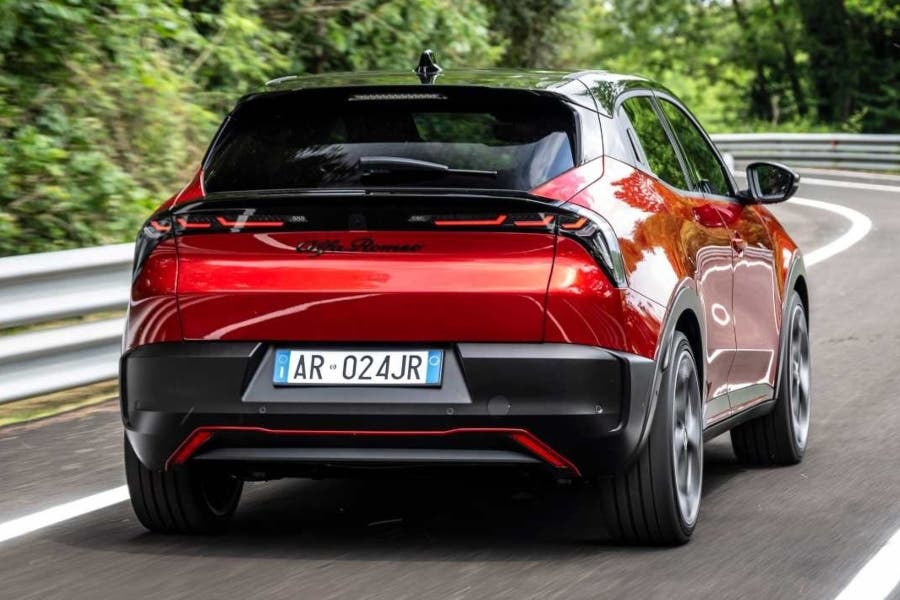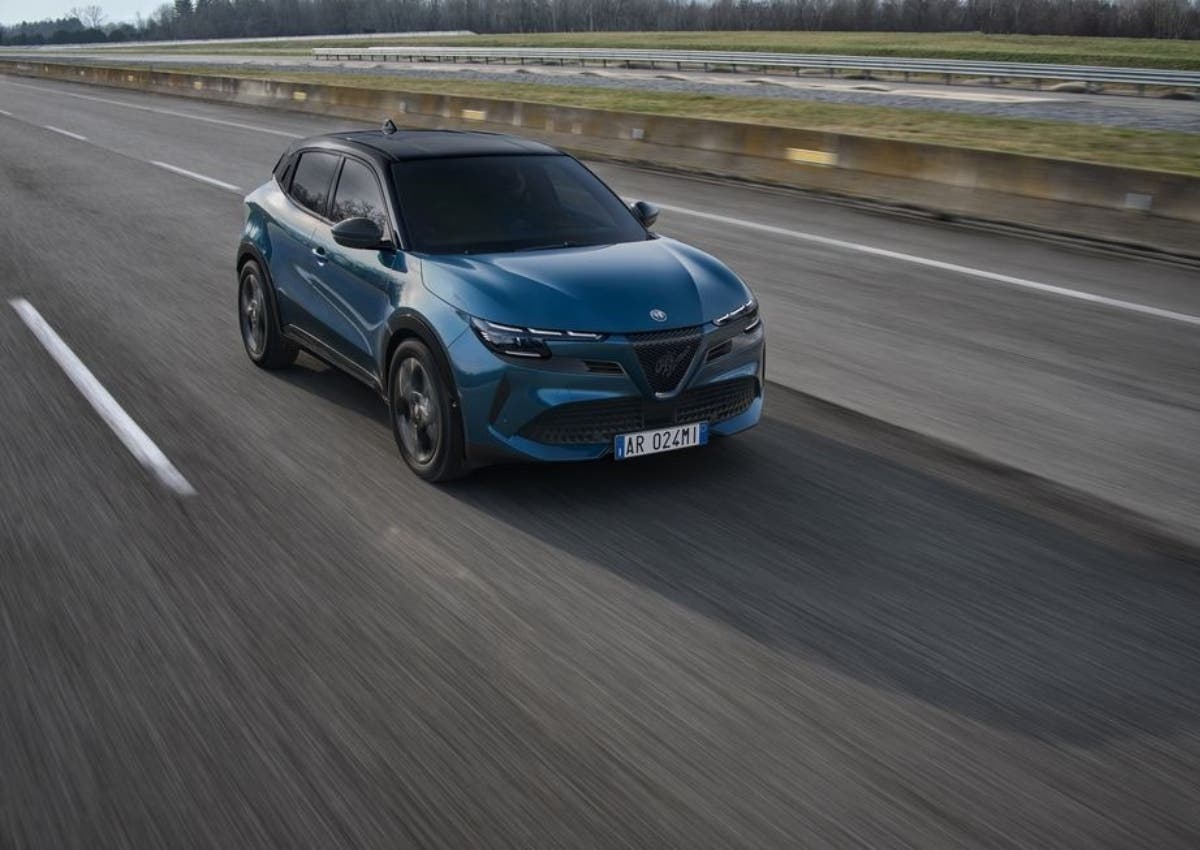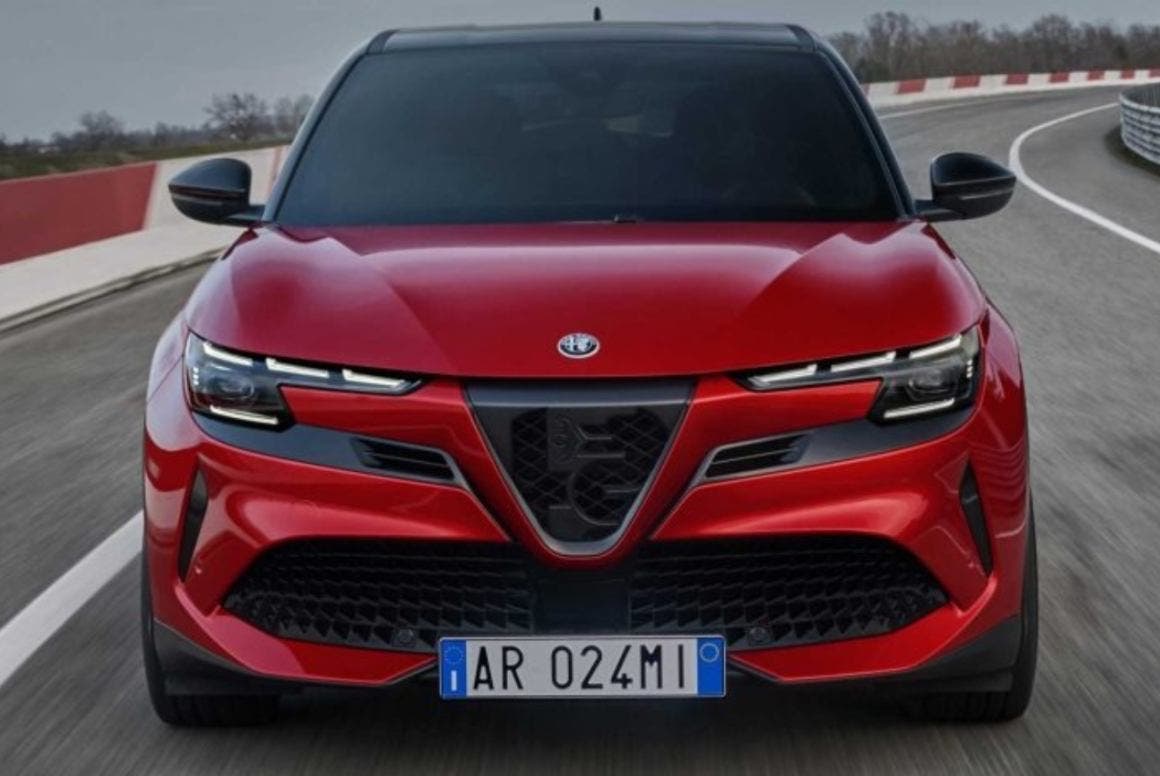Even though it may seem like an improvised solution to the controversy surrounding the presentation of the Alfa Romeo Junior, the choice of name for the brand’s new compact SUV is fully inscribed in the brand’s DNA. For almost sixty years, many legendary vehicles of the “Biscione” have carried that name, following a tradition that began in 1966 with the Alfa Romeo GT Junior, a sports car based on the Giulia Sprint GT aimed at a young clientele that was very successful, becoming the brand’s best-selling model during its years of commercialization.
The launch of the Alfa Romeo Junior has brought back into the spotlight a name that boasts a long tradition

The Alfa Romeo GT 1300 Junior stood out for offering high-level driving pleasure and performance thanks to its compact 1,290 cc twin-cam overhead engine equipped with a single fuel intake duct and a new distribution system. Its 89 HP of power transformed this car, weighing only 1,020 kg, into a true sports car capable of reaching 170 km/h. These characteristics were accompanied by a carefully tuned chassis, an excellent gearbox by the standards of the time, and precise steering.
The result of this combination was a success, with 92,000 units sold between 1966 and 1977. The first Junior was, for several years, the model with the best commercial reception of the brand and a status symbol in the ’60s and ’70s.
This first generation of the Junior also had a version designed for racing, decorated with the legendary Quadrifoglio: the Alfa Romeo Giulia GTA Junior 1300 Corsa. AutoDelta, then the brand’s sports department, developed a 160 HP engine for this model.

Zagato, one of Italy’s most prestigious coachbuilders, set its sights on this model to create its most sporty and exclusive version, the 1300 Junior Zagato with the signature of designer Ercole Spada. After its successful debut at the 1969 Turin Motor Show, this aerodynamic coupe with a spectacular front end and a “truncated tail” rear was marketed in two series, of which more than 1,500 units were sold in total.
However, these were not the only Juniors that Alfa Romeo had in its catalog in those years. In 1968, the Alfa Romeo Spider 1300 Junior would arrive on the market which, together with the Spider 1600 Junior, became the economical and entry-level version of the Spider 1750.
From the mid-’70s, the term Junior remained in the brand’s archives for more than 20 years until, in 1998, it came back to life to designate two sporty versions of two “Biscione” models: the Alfa Romeo 145 and the Alfa Romeo 146. In both cases, details and finishes were taken from the Quadrifoglio finish to reinforce their dynamic character.

In 2012, the compact Alfa Romeo MiTo Junior was added to the range, with a 78 HP engine and high-level equipment. In 2021, the special Junior edition was launched on Giulia and Stelvio, characterized by the Ocra Lipari body tone and an exclusive leather upholstery with GT Junior embroidery on the front seat headrests.
The new Alfa Romeo Junior, launched a few months ago, is, for now, the latest appearance of this name. With a strong disruptive vocation, this model redefines the canons of its category, both in the aesthetic and technological and technical sections, with its range of electrified engines, which offers the possibility of choosing between different hybrid or 100% electric options. All have the performance and sporty character that have always characterized Alfa Romeo.
Innovation and tradition go hand in hand in a “zero-emission” model with the Electric version equipped with the 156 HP engine that guarantees up to 410 km of range, alongside the Hybrid versions with MHEV technology and 136 HP of power. They are the preview of a range to which will be added, from now until the end of the year, a “Veloce” electric powertrain with 240 HP, and a hybrid powertrain with Quadrifoglio all-wheel drive.

